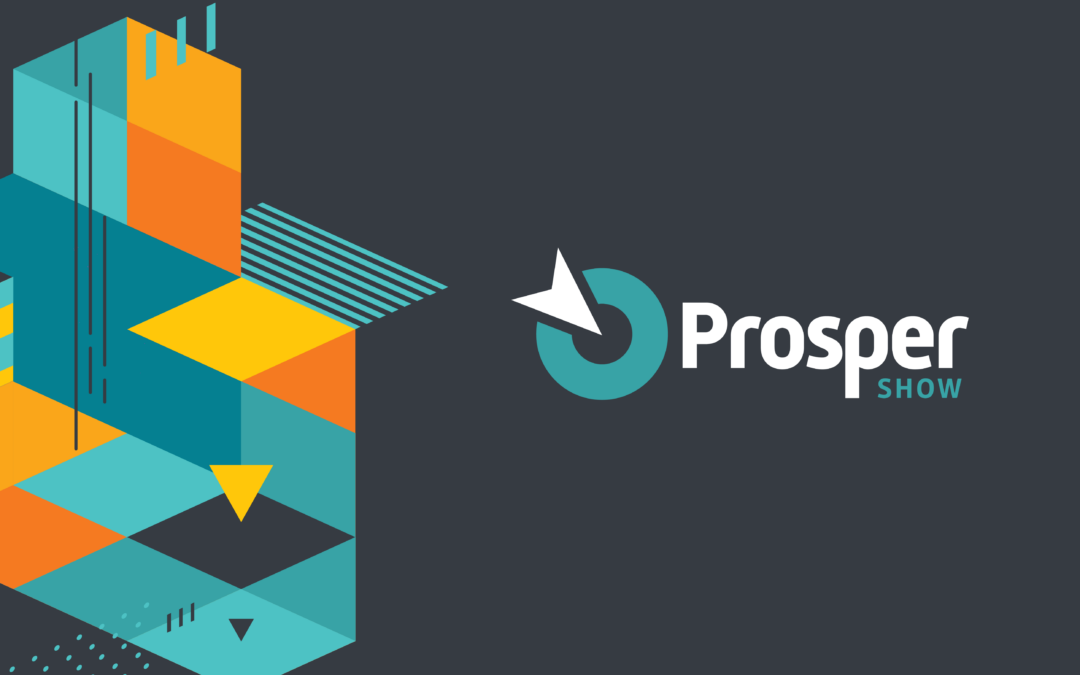Studies show that 40 percent of marketing executives craft their strategies without the help of customer engagement data. Some might consider this a shot in the dark. After all, how can you appeal to your target audience if you lack an understanding of who they really are?
Knowing more about your target audience enables you to optimize their customer experience, generate more appealing and relevant content, build customer loyalty, and ultimately, drive sales.
So how do you engage your audience better? Follow these tips to get started.
Dig deeper. You may know the age of your customers and the areas that they are from. You may even know their gender and occupation. To connect effectively with your audience, however, you need to learn more. Fortunately, Google has some great tools to help you in this quest. Google Analytics’ “Acquisitions” function can help you see which social media platforms, blogs, and other professional sites that your customers frequent. Google Webmaster Tools can help you understand which keywords are sending people to your site. Use customer data to decide which buyers would fit best with which keywords. This can help you flesh out your buyer personas.
Make a customer journey map. This map is a detailed, visual portrayal of the interactions between a customer and your product. The map should trace the arc of the interactions from the pre-purchase to post-purchase stages. This should be a collaborative activity. Get together with your team and track your customer’s involvement with your brand, conceptualizing different influences throughout the process. You might ask: “What drove this person to our website in the first place?” “Why did this person leave my site?” “Why did they order certain products?” “Why haven’t they been back to my website in a couple months?” You can contact customers to get a more detailed picture of their journey or help you navigate sticking points.
Employ real-time communication tools. With a variety of messenger tools at your disposal, you can chat with your customers at all times and offer real-time assistance. The benefits don’t stop there though. These personalized chat forums can help you understand more about your audience. What do they most want to know about your products? What are they happy with? Unhappy with? What do they value most in a product? And for an even more personalized experience, try calling your customers periodically to ask if they are happy with your products.
Use customer satisfaction surveys. Send out surveys to your customers via email on a regular basis. Ask about specifics instead of generalities. In addition, you should focus on one aspect of customer service at a time. This can help identify specific weaknesses in your company. For example, a person may indicate that they are generally satisfied with your company, but if you ask pointed questions, you may find that they are unhappy with your return policy.
Analyze website interaction. Your website is king in representing your company. It is the only “face” that most of your customers will ever see. Use Google Analytics and other tools to examine customer behavior on your website. What links are customers clicking? How quickly are they leaving your website? How much time are they spending on each page? This behavioral data can help you tweak your interface, add or remove content, make your call-to-action more focal, etc. In essence, the data can help you fine tune your website for maximum customer appeal.
There is a windfall of techniques and tools for understanding customers. The trick is to use them with the goal of making your customer engagement stronger than ever.



Recent Comments